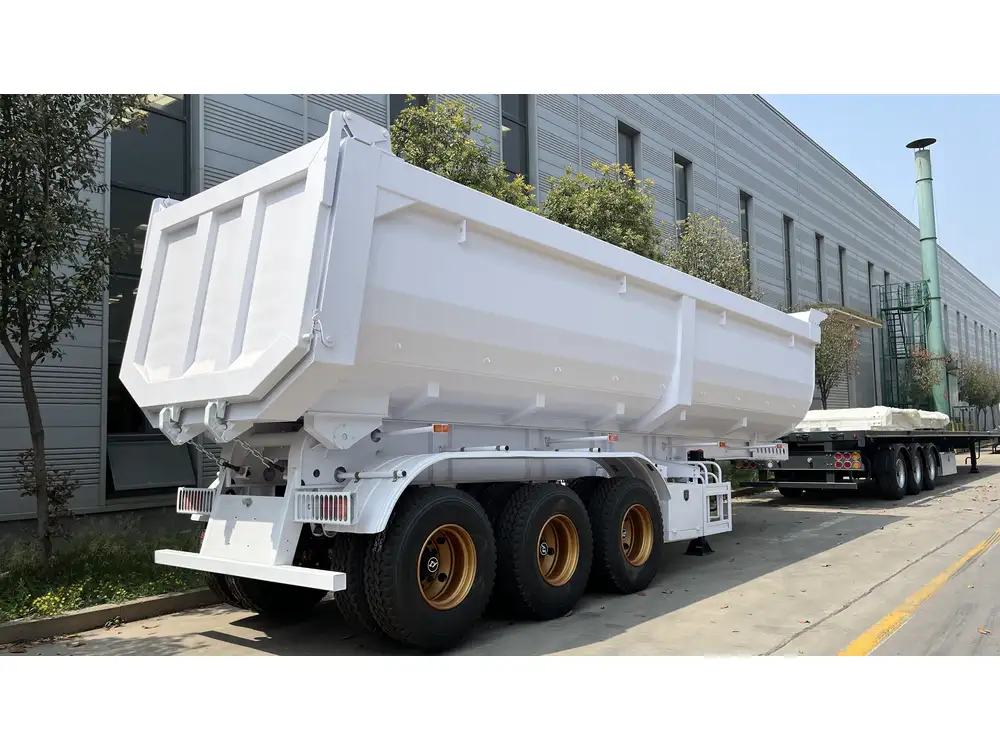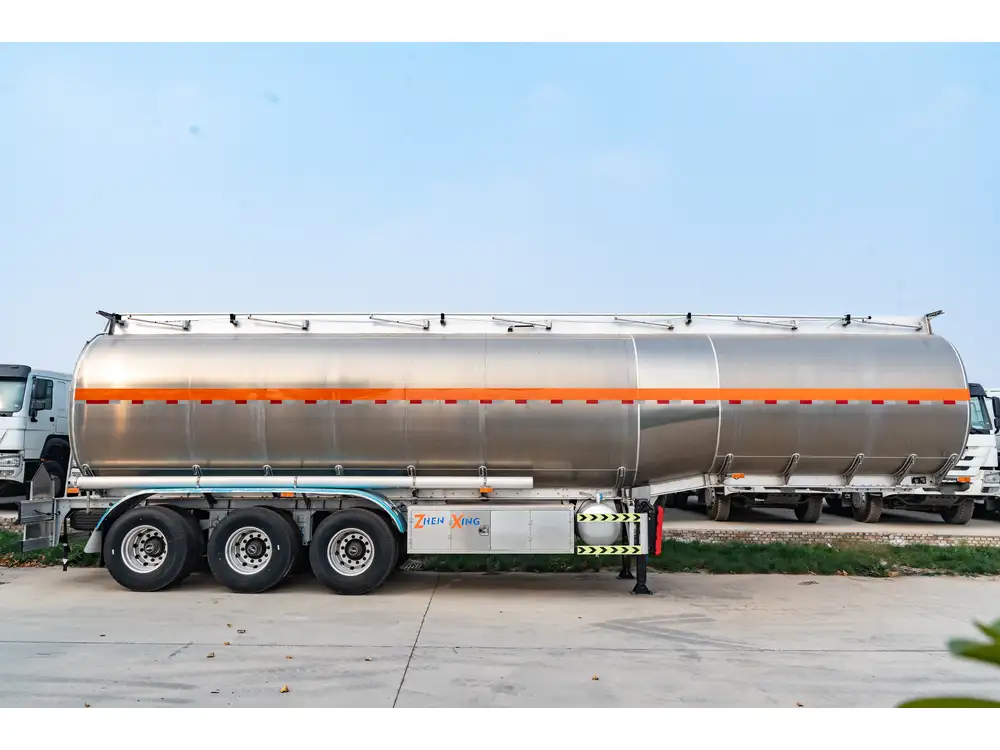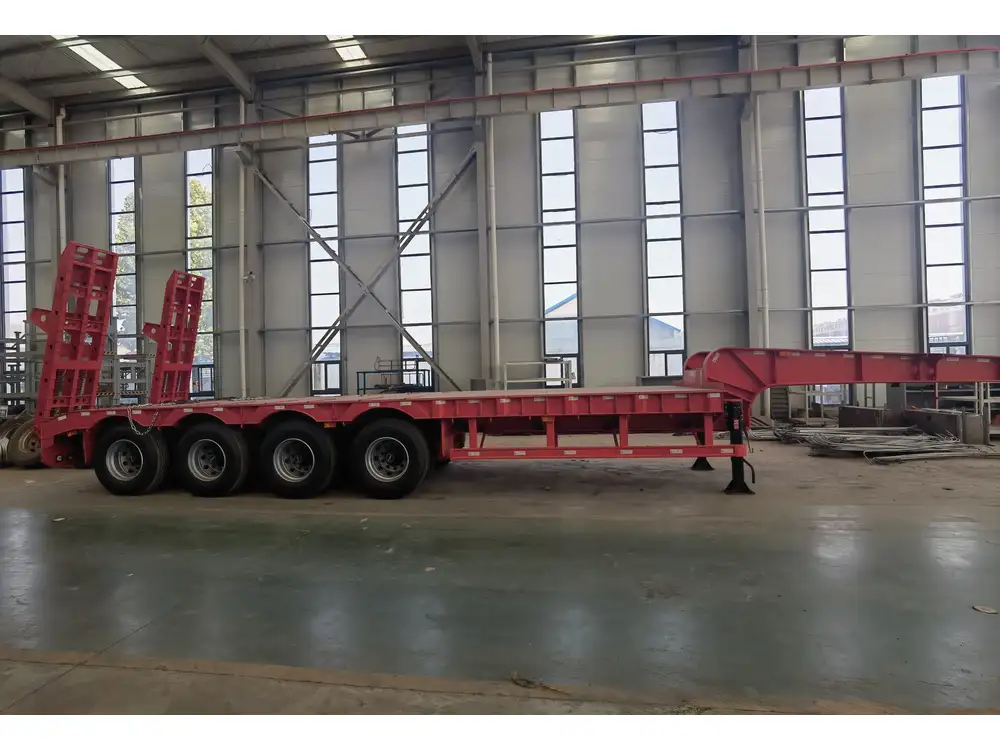The Essentials of Semi-Trailer Capacities
When it comes to transporting bulk commodities like wheat, understanding the capacity of semi-trailers is crucial for optimizing logistical efficiency and operational costs. Semi-trailers are built in various dimensions, with capacities that vary considerably depending on their design and usage.
Typically, the standard semi-trailer used in agricultural transport is a 53-foot trailer with dimensions of approximately 8.5 feet in width and around 13.5 feet in height. Knowing the specific internal dimensions is key to calculating how many bushels of wheat can fit within.
Internal Dimensions and Volume Calculation
The first step in determining how many bushels of wheat fit in a semi-trailer is to ascertain the internal volume of the trailer. The volume formula can be expressed as follows:
[ \text{Volume} = \text{Length} \times \text{Width} \times \text{Height} ]- Length: 53 feet (636 inches)
- Width: 8.5 feet (102 inches)
- Height: 13.5 feet (162 inches)
1. Convert Feet to Inches for Calculation:
- Length in inches = 53 feet x 12 = 636 inches
- Width in inches = 8.5 feet x 12 = 102 inches
- Height in inches = 13.5 feet x 12 = 162 inches
2. Calculate Total Volume in Cubic Inches: [ \text{Volume} = 636 \times 102 \times 162 = 1,060,632 \text{ cubic inches} ]
3. Convert Cubic Inches to Cubic Feet: [ \text{Cubic Feet} = \frac{1,060,632}{1728} \approx 613.68 \text{ cubic feet} ]

Wheat Density and Bushel Conversion
Now, to understand how this volume translates to bushels of wheat, we must consider the density and weight of wheat:
- Average weight of wheat per bushel: 60 pounds
- Cubic feet per bushel: 1.244 cubic feet (approximate)
1. Calculate Number of Bushels per Trailer: To find out how many bushels can fit in the trailer, we divide the total volume in cubic feet by the volume occupied by one bushel:
[ \text{Bushels} = \frac{613.68}{1.244} \approx 493.25 ]In practical terms, this means that a standard 53-foot semi-trailer can accommodate approximately 493 bushels of wheat.
Factors Affecting Load Capacity
1. Trailer Design Variations
Not all semi-trailers are designed the same way. Some key variations include:
- Tanker Trailers: Generally used for liquid.
- Flatbeds: Often have no sides, making the load less protected.
- Dump Trailers: Common for loose materials but can have different volume capacities.

2. Load Distribution
Proper distribution of load is essential for maintaining balance and control during transport. Overloading a trailer or uneven weight distribution can lead to accidents or damage to the cargo.
3. Freight Regulations
Federal and state regulations dictate weight limits for vehicles on the road. These regulations can affect how much wheat you can transport at one time legally. It is crucial to check the Gross Vehicle Weight Rating (GVWR) to avoid compliance issues.
4. Seasonal Variations in Wheat Quality
The moisture content in wheat can vary based on climatic conditions. Some transporters may adjust the bushel count based on the moisture content as wetter wheat weighs more but occupies the same volume.

Economical Considerations
Transporting bulk wheat has significant economic implications. Understanding the optimal loads per trip can affect:
- Fuel Efficiency: Maximizing loads reduces fuel costs per bushel transported.
- Labor Costs: Fewer trips reduce labor engagement in loading and unloading.
- Wear and Tear: Each trip incurs costs related to maintenance; more loads can mitigate per-load expenses.
Cost Comparison based on Volume
| Volume Transported | Cost per Bushel | Total Cost |
|---|---|---|
| 250 Bushels | $0.40 | $100 |
| 400 Bushels | $0.25 | $100 |
| 493 Bushels | $0.20 | $98.60 |
These figures demonstrate how optimizing the number of bushels transported can yield cost savings over time.
Transport Best Practices

1. Use Appropriate Equipment
Investing in high-quality trailers specifically designed for transporting agricultural products can improve efficiency. For example, pneumatic trailers can be used for easy loading and unloading.
2. Temperature and Moisture Control
Ensure that the product is kept within acceptable temperature and moisture limits to avoid damage or degradation in quality. Utilize tarp covers and ventilated trailers as necessary.
3. Pre-Trip Inspections
Before each journey, conducting a thorough inspection of the trailer’s condition ensures safety and reliability during transport.

4. Documentation and Record Keeping
Regularly documenting load weights, distances, and other variables assists in streamlining logistics and enhancing overall operational efficiency.
Conclusion
In summary, understanding how many bushels of wheat fit in a semi-trailer involves comprehensive knowledge of semi-trailer dimensions, weight calculations, agricultural regulations, and economic implications. The standard 53-foot trailer typically accommodates approximately 493 bushels of wheat, contingent upon various operational factors. By applying best practices in transportation, manufacturers can enhance logistical efficiency, ensure safety, and maximize cost-effectiveness, ultimately leading to a more sustainable and profitable agricultural transport operation.
By recognizing these nuances, stakeholders in the agricultural and transport sectors can make informed decisions, leading to improved outcomes across the board.



